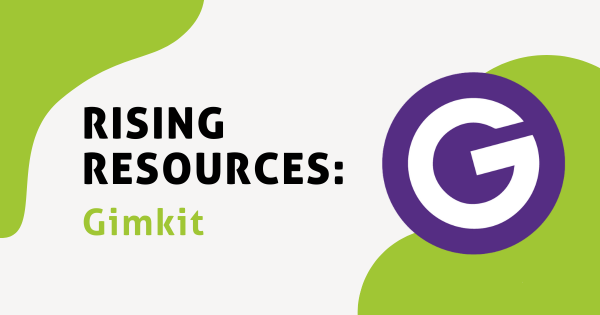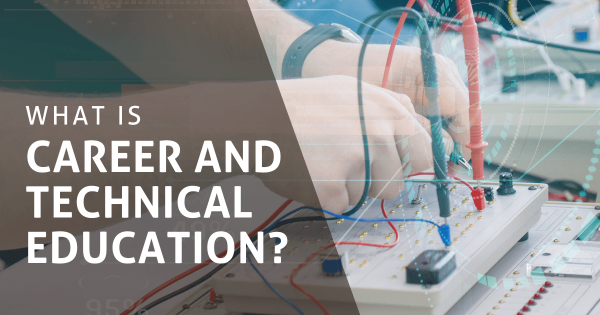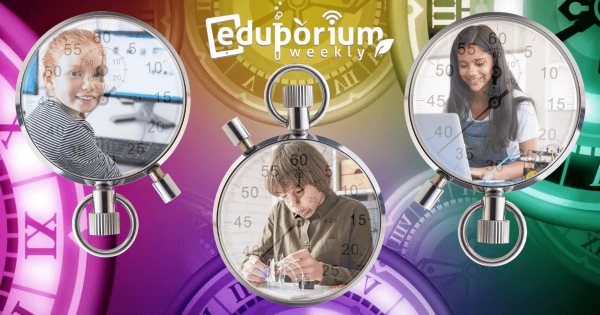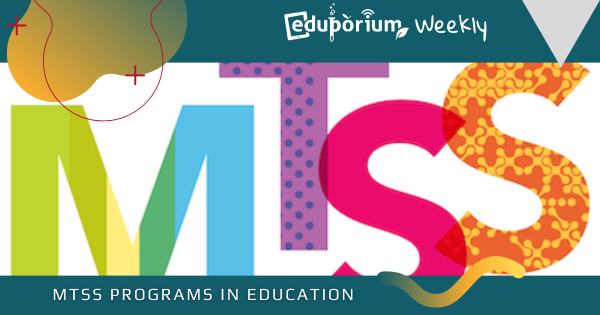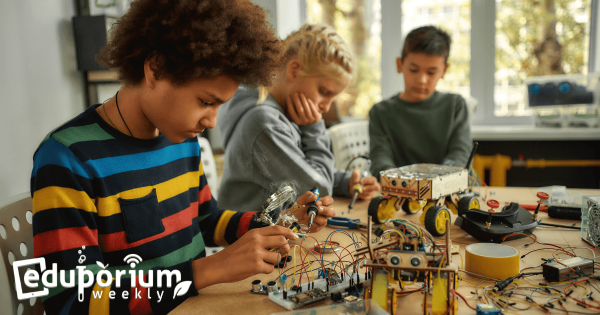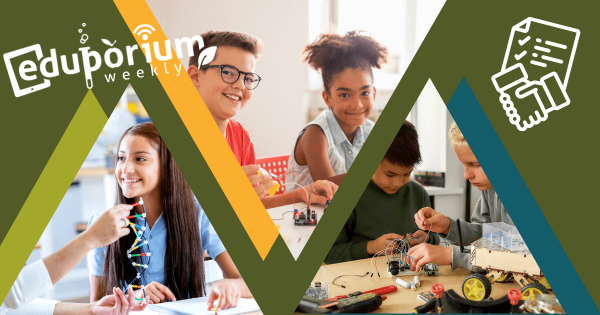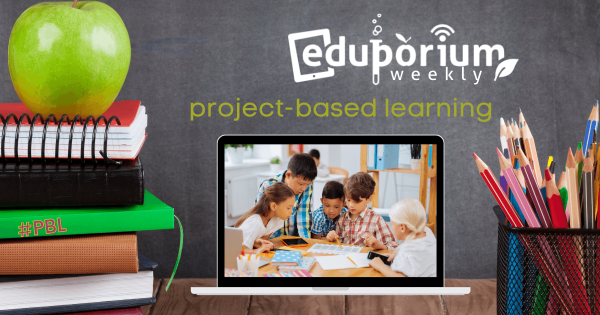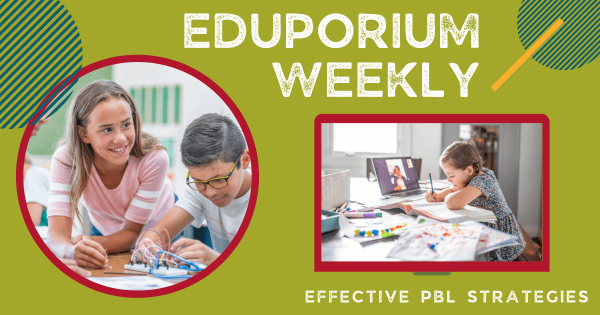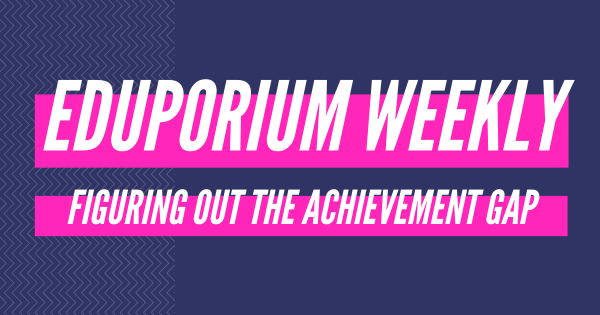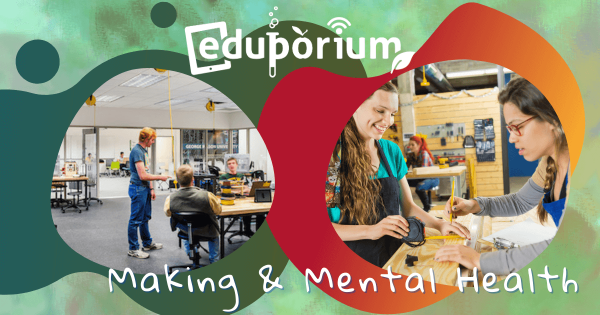Gimkit is an online learning game and review tool that requires students to collaborate in order for them to succeed. With key background knowledge from classroom lessons on the topics they’ll explore, children can progress through these game show-style review experiences while honing some key teamwork and strategizing skills. Read on to learn more about it.
Students
-
What Is Career And Technical Education (CTE)?
Even with STEM tools and active learning, students oftentimes fail to feel fulfilled. With career and technical education, however, they’re able to gain skills in areas that can truly help them. CTE is proven to increase positive career outcomes, prepare students for college, and even improve success in other academic areas—not just STEM. -
Eduporium Weekly | Some Of The Logistics Of Self-Paced Learning
Self-paced learning is a form of differentiated instruction that teachers can integrate into learning experiences. In self-paced learning, teachers can let their students decide how many lessons they need and how much practice constitutes them mastering something. There are also various instructional techniques you could use and many potentially positive outcomes for kids. -
Eduporium Weekly | Using MTSS Programs In Education
A multi-tiered system of support is an instructional framework that involves three separate tiers. These students will receive instruction and support on a much more general scale in the first tier and then this attention increases in personalization as needed. Simultaneously, instructors use the data and assessments they create to inform what each child needs at each phase. -
Eduporium Weekly | Promoting Inventiveness In Education
Inventiveness, if you ask us, is something that goes hand in hand with 21st century problem solving and creativity, but, despite how it could potentially really help enable instructors to challenge student creativity, it is oftentimes overlooked. Luckily, inventiveness is key in STEM education and one of the key soft skills students can work on as soon as they enter -
Eduporium Weekly | Using PBL In Relationships And Connections
Since they are so group-oriented, project-based learning experiences truly help students develop more than academic skills. They often learn to build up connections with their classmates, their communities, their teachers, or their work. And, this also helps kids learn to take greater pride in what they are doing, knowing they can positively impact others’ lives and their own. -
Eduporium Weekly | Rewards Of Cross-Curricular PBL
Discovering connections through active experiences is a chief cornerstone of PBL and helps students establish authentic feelings for their causes. As such, knowing the impacts these connections can have among children is key for the educators who are leading them. And, this is especially true as they leverage them across the curriculum to connect different subjects. -
Eduporium Weekly | Strategies For Effective PBL Instruction
Project-based learning, as you might know, is a quite effective approach to instruction that’s often tied to increased community involvement and active collaboration among students. So, we’re exploring what may help teachers get PBL right, tips for implementing successful projects, and ideas for how to best leverage EdTech tools to generate ideal results. -
Eduporium Weekly | Figuring Out The Achievement Gap
When we talk about achievement gaps in education, we’re usually referring to measurable variance in achievements among students from different but often inherent groups. These include gaps in grades, attendance, and even soft skills development, and how not having truly equitable opportunities is affecting them. Moving forward, preventing and shrinking said gaps is key. -
Makerspaces And Mental Health For Students
More than ever before, we’re understanding how makerspace experiences help provide students with emotional benefits in addition to vital academic ones. If today’s students are having any variety of academic, emotional, or any other personal problems, for example, putting them aside and making something is a great way to help them shift their focus and reduce stress.




